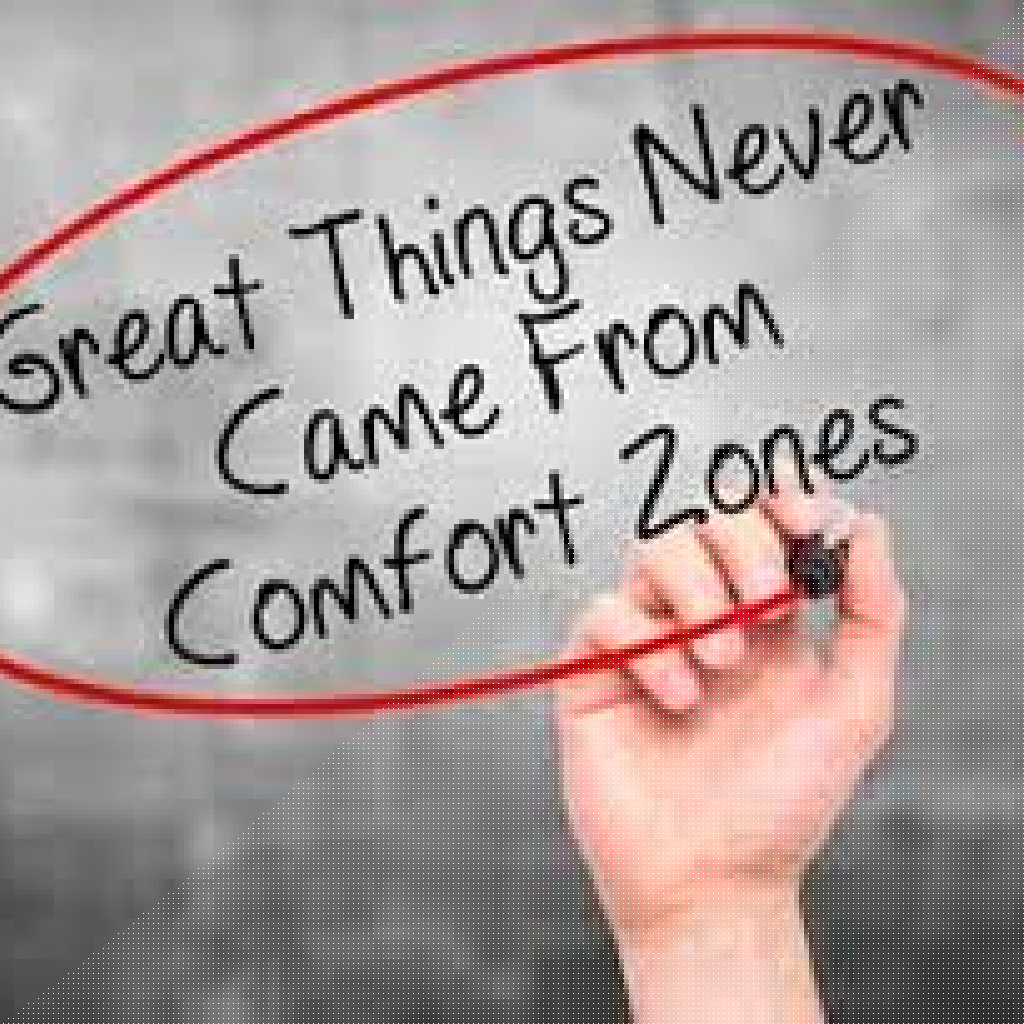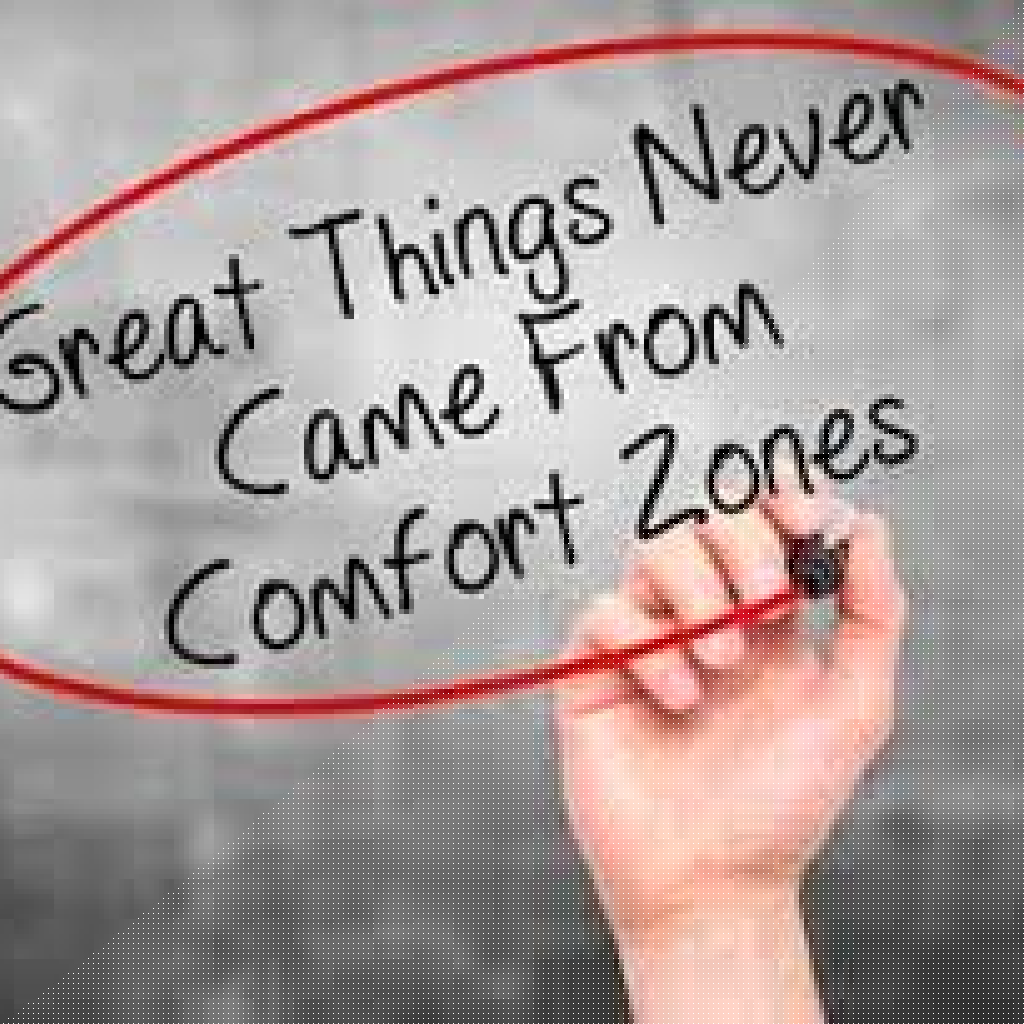Key Takeaways:
- Effective management styles can significantly enhance team performance and workplace engagement.
- Building strong workplace relationships is crucial for fostering a positive organizational culture.
In today’s dynamic business landscape, effective management is pivotal in shaping team performance and fostering strong workplace relationships. As contemporary organizations face a plethora of challenges—from rapid technological change to evolving workforce expectations—managers must adopt approaches that not only meet these challenges head-on but also promote a thriving organizational culture. This article delves into crucial management practices tailored to achieve these objectives, empowering leaders to elevate their teams and drive performance.
The Role of Management in Enhancing Team Performance
Management plays a critical role in influencing team performance. Engaged employees are generally more productive, innovative, and committed to their organization. Effective managers recognize the value of cultivating an engaged workforce and adopting management styles that cater to individual team member needs.
For instance, consider a software development team struggling with deadlines due to poor communication and unclear expectations. By implementing regular check-ins and adopting a participative management style, the manager can foster an environment where team members feel valued and heard, directly impacting their performance. Regular feedback not only clarifies tasks but also reinforces a sense of ownership among team members, leading to improved outcomes.
What Management Styles Best Enhance Team Dynamics?
Different management styles can yield varying results in terms of team motivation and effectiveness. Some common management styles include directive, participative, and transformational. Each has its strengths and weaknesses depending on team composition and workplace culture.
The participative management style, for example, encourages collaboration and inclusion in decision-making, which can create a sense of belonging among team members. This style is particularly beneficial in settings that require creativity and innovation, such as marketing or product development teams, where diverse ideas can lead to exceptional outcomes.
Conversely, in high-stakes environments where swift decisions are paramount, a more directive style may be necessary. A leader in a crisis situation, such as during a product recall, might need to make quick, authoritative decisions to protect the organization’s interests, showcasing that flexibility in management style is similar to adapting strategies based on contextual demands.
How to Effectively Hire and Promote Employees?
Hiring and promoting employees are critical tasks that impact the entire organization. A structured approach to these processes can ensure that the right candidates are selected, aligning with organizational goals and values.
One effective strategy is to define clear competencies required for each role and incorporate them into both the hiring and promotion criteria. By emphasizing qualities like adaptability, teamwork, and problem-solving skills, managers can identify candidates who possess the potential to flourish within the organization.
Moreover, implementing a transparent promotion process fosters trust and motivates employees to perform at their best. For instance, a technology firm might incorporate regular performance reviews and development plans, allowing employees to visually understand their career trajectory within the organization.
The Impact of Strong Business Communication
Good communication is the cornerstone of every successful organization. Teams that communicate effectively are more likely to collaborate seamlessly, avoid misunderstandings, and resolve conflicts swiftly.
One practical tip to enhance business communication is to establish regular team meetings where members can voice their thoughts and concerns. For example, an advertising team could benefit from bi-weekly brainstorming sessions to share ideas and feedback on ongoing campaigns. This practice not only enhances clarity but also nurtures creativity and collaboration.
Cultivating Positive Workplace Relationships
Relationships within the workplace are fundamental to employee satisfaction and overall organizational success. Building rapport among team members can lead to enhanced collaboration, job satisfaction, and reduced turnover.
An effective way to foster relationships is to encourage social interactions where employees can connect beyond work-related tasks. Consider organizing team-building activities, such as offsite retreats or community service projects. When colleagues bond outside their standard work routines, they’re more likely to work collaboratively and supportively back in the office.
Is Leadership Development Key to Organizational Success?
Investing in leadership development is critical—not just for the personal growth of individuals—but for the organization as a whole. Training programs that focus on cultivating essential leadership qualities can transform potential managers into effective leaders who inspire their teams and drive change.
Moreover, encouraging senior managers to mentor junior staff offers invaluable on-the-job insights and fosters a culture of continuous learning. A great example can be found in a company that initiated a peer mentoring program, allowing experienced employees to guide newcomers, enriching both their professional experience and company loyalty.
Managing Diversity Effectively in the Workplace
Diversity in the workplace is undoubtedly an asset, but it requires thoughtful management to realize its full potential. Leaders must be proactive in creating inclusive environments where all employees feel valued and respected.
Implementing diversity training programs can greatly enhance employees’ understanding of cultural competencies, helping to create a more harmonious workplace. Organizations that prioritize diversity not only witness enhanced creativity but also a better understanding of their diverse clientele, translating into improved business outcomes.
Final Thoughts
In conclusion, navigating the complexities of modern management requires a multifaceted approach that prioritizes effective communication, inclusive hiring, strong leadership, and positive workplace relationships. By implementing these strategies, managers can enhance team performance and foster an empowering workplace culture. As organizations move forward, the ability to adapt to evolving workforce needs while maintaining a focus on employee engagement will be essential for sustained success.













